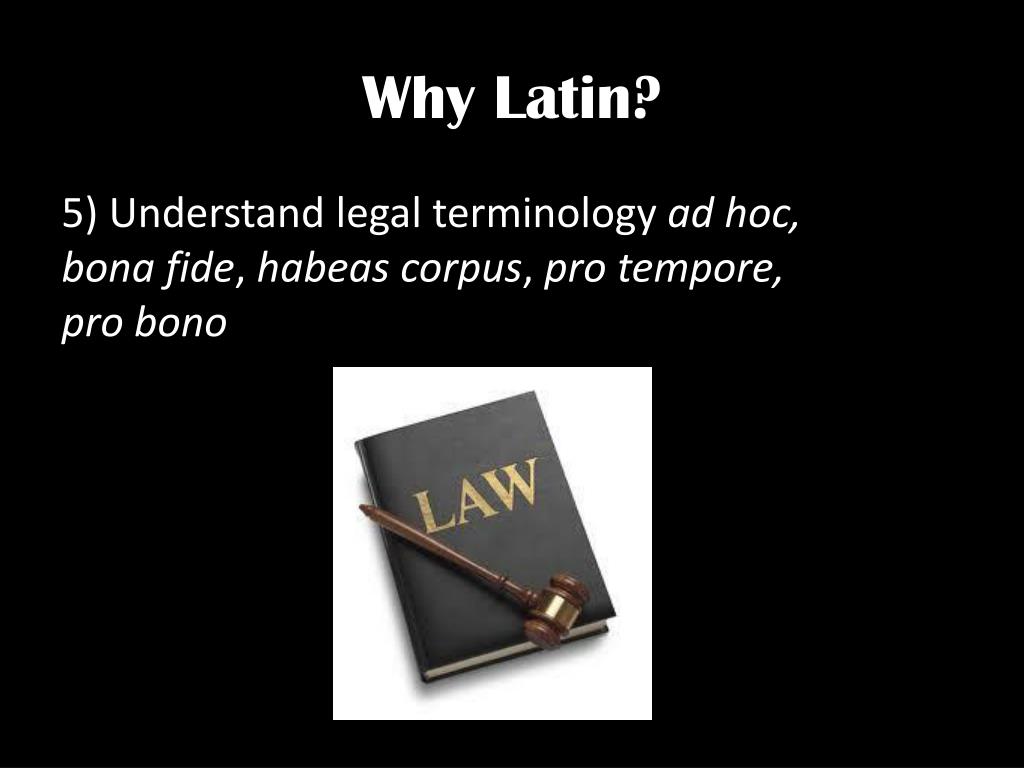

145) – erroneously – that the Novum Instrumentum initially included not Erasmus's translation but the Vulgate translation. K., ‘ “Novum Testamentum editum est”: The Five-Hundredth Anniversary of Erasmus's New Testament’, Bible Translator 67 ( 2016), 9– 28 CrossRef Google Scholar, at 11 Metzger, Bruce and Ehrman, Bart, The Text of the New Testament, 3rd edn ( New York, 2005), 142 Google Scholar. The Basle printer, Froben, also encouraged Erasmus to produce an edition of the Greek text: see De Jonge, ‘Essence of Erasmus’ Edition’, 401 Elliott, J. de Jonge, Henk Jan, ‘ Novum Testamentum a nobis versum: The Essence of Erasmus’ Edition of the New Testament’, JThS 35 ( 1984), 394– 413 Google Scholar. Luthers Bibelübersetzung und ihre Tradition ( Wolfenbüttel and Hamburg, 1983) Google Scholar.ġ3 Botley, Paul, Latin Translation in the Renaissance: The Theory and Practice of Leonardo Bruni, Giannozzo Manetti and Desiderius Erasmus ( Cambridge, 2004), 115 Google Scholar cf. Eine Untersuchung der theologischen Sprache von Luthers Bibelübersetzung’, Zeitschrift für Neues Testament 13 ( 2010), 40– 51 Google Scholar Reinitzer, Heimo, Biblia deutsch. Luthers Bibelübersetzung zwischen Sakralität und Profanität’, in Rohls, Jan and Wenz, Gunther, eds, Protestantismus und deutsche Literatur, Münchener Theologische Forschungen 2 ( Göttingen, 2004), 13– 26 Google Scholar Methuen, Charlotte, ‘ “novam sprach, celeste deudsch”. Not only linguistic considerations, but also Luther's theological priorities, and his definition of theological unambiguity, determined his definition of a good translation.ġ2 For discussions of Luther's Bible and its relationship to other early modern German Bible translations, see Bluhm, Heinz, Martin Luther: Creative Translator ( St Louis, MO, 1965) Google Scholar idem, ‘Luther's German Bible’, in Peter Newman Brooks, ed., Seven-Headed Luther: Essays in Commemoration of a Quincentenary 1483–1983 (Oxford, 1983), 177–94 Gow, Andrew C., ‘ The Contested History of a Book: The German Bible of the Later Middle Ages and Reformation in Legend, Ideology, and Scholarship’, Journal of Hebrew Scriptures 9 ( 2009) CrossRef Google Scholar, article 13, at:, last accessed 15 August 2016 Kaufmann, Thomas, ‘ Vorreformatorische Laienbibel und reformatorisches Evangelium’, Zeitschrift für Theologie und Kirche 101 ( 2004), 138–74 CrossRef Google Scholar Kooiman, Willem Jan, Luther and the Bible ( Philadelphia, PA, 1961) Google Scholar Leppin, Volker, ‘ “Biblia, das ist die ganze Heilige Schrift deutsch”.

This article examines Luther's translation practice, and particularly his comments on Romans 3: 28 in his lectures on Romans, his preface to Paul's epistle to the Romans and other writings, concluding that Luther was indeed concerned to produce a fluent and coherent German translation of the biblical text, but that he wished also to produce one that was theologically unambiguous. This claim has often been regarded as specious, since the introduction of allein serves to underline a key aspect of Luther's theology, namely his doctrine of justification by faith. Luther asserted that the introduction of the word allein arose from his attention to the German language. In it, he offers a translation of Romans 3: 28 which introduces the word allein: ‘So halten wir es nun, daß der Mensch gerecht werde ohne des Gesetzes Werke, allein durch den Glauben.’ As Luther himself recognized in his Open Letter on Translating (1530), the word ‘alone’ does not appear in either the Greek text of Romans or the Vulgate nor do other contemporary vernacular translations include it. Luther's 1522 translation of the New Testament is one of the most significant translations in Christian history.


 0 kommentar(er)
0 kommentar(er)
